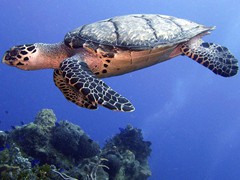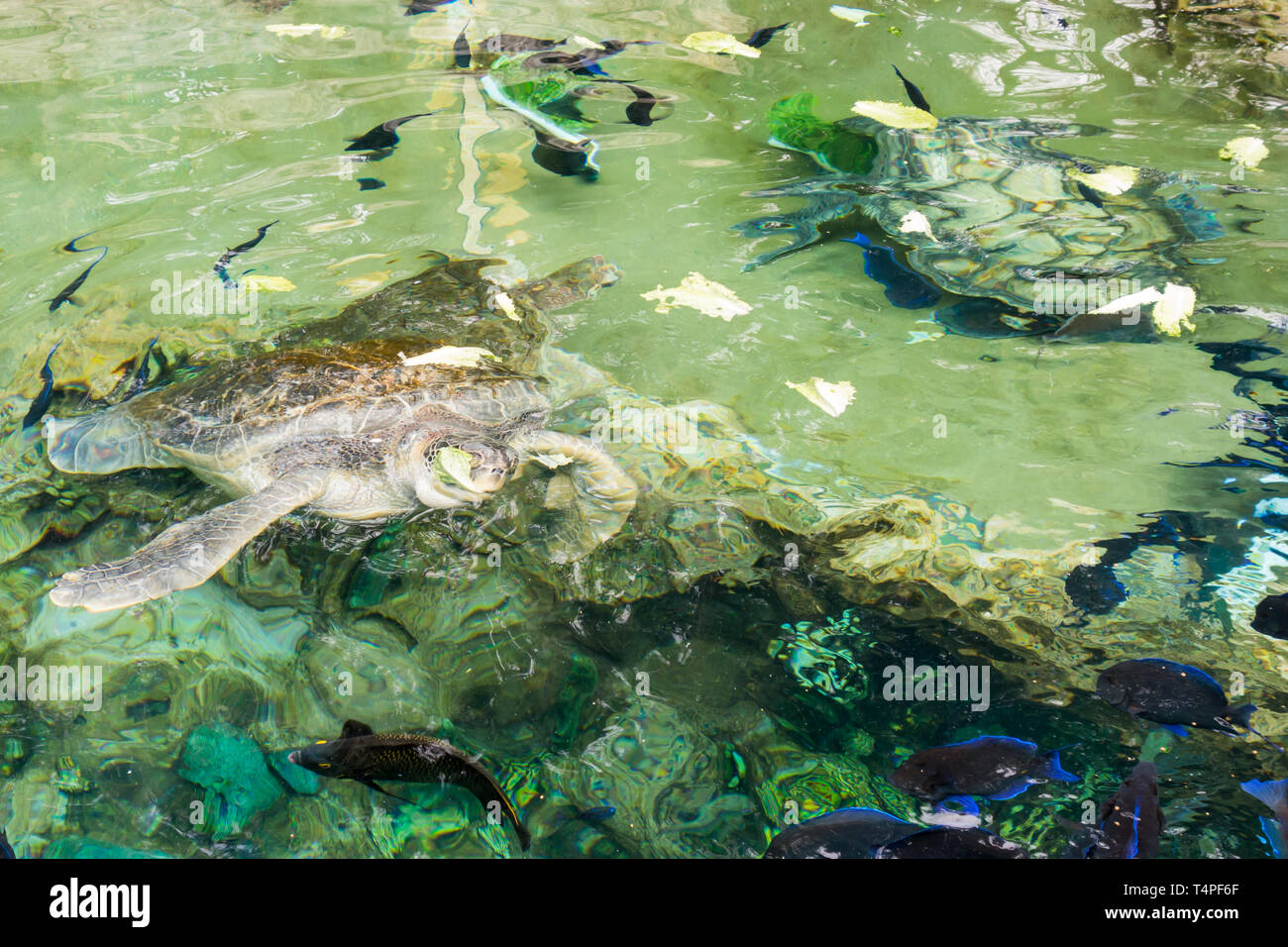

Other turtle species have eggs that are shaped more like chicken eggs. The eggs of the largest species are shaped like spheres (evenly round like a ball). Like other reptiles, turtles lay eggs which are slightly soft and leathery. Turtles usually lay their eggs on beaches Unfortunately, Chelonia is also the name of a particular genus of turtles, so this conflicts with its use for the entire order Testudines.Įcology and life history To avoid confusion, the word "chelonian" is popular among some who work with these animals, as a catch-all name. Australian English uses turtle for both the marine and freshwater species, but tortoise for the terrestrial species.

The name "terrapin" is not as commonly heard. "Tortoise" is used for most land-dwelling species, and oceanic species are usually referred to as sea turtles.
American English tends to use the word turtle as a general term for all species. British English describes these reptiles as turtles if they live in the sea terrapins if they live in fresh water or tortoises if they live on land. How these names are used depends on the type of English. Turtle, tortoise, or terrapin Īlthough the word turtle is widely used to describe all members of the order Testudines, it is also common to see certain members described as terrapins, tortoises or sea turtles. A lot of the turtle species alive today are endangered. Turtles are almost everywhere in the world. Turtles come from ancient turtles, which had spiked shells. Turtles have been on earth for longer than lizards, snakes and crocodiles. Turtles are one of the oldest reptile groups that are not extinct. The fossil was from about 220 million years ago. The earliest fossil of a turtle was found in China from the early Upper Triassic age. The order Testudines (which includes turtles) includes both living and extinct species. There are about 356 species of turtles living on land in all continents except Antarctica and in both salt water and fresh water. Side-necked turtles have very easy to see necks, but hidden neck turtles have very small necks. There are two types of turtles: side-necked turtles and hidden neck turtles. Larry McKenna of Save Our Leatherbacks was honored as a 2011 Sea Hero by Scuba Diving magazine.Turtles are a type of reptile with hard shells on their back. Leatherbacks are highly migratory, some swimming over 10,000 miles a year between nesting and foraging grounds. Leatherbacks belong to a different taxonomic family than the six other sea turtle species found in the world, and date back to the age of the dinosaurs. They are the only species of sea turtle that lack scales and a hard shell and are named for their tough rubbery skin. The leatherback is the largest turtle in the world. Comments and information can be submitted via the Federal eRulemaking Portal. "To ensure that the status review is comprehensive, we are soliciting scientific and commercial information pertaining to the leatherback sea turtle from any interested party."Ī 60-day public comment period on the 90-day finding to identify the Northwest Atlantic leatherback sea turtle as a DPS and list it as threatened under the ESA is open until February 5, 2018. "We have initiated a status review of the leatherback sea turtle to determine whether the petitioned action is warranted and to examine the species globally with regard to application of the DPS policy in light of significant new information since the original listing," NOAA states on its website. The agency now has about eight months to make a decision about the status of the turtles. 
NOAA officials have said they've found "substantial scientific and commercial information" that the move might be warranted. The International Union for Conservation of Nature lists leatherbacks as Critically Endangered. The Blue Water Fishermen's Association argues that the turtles would remain protected under federal law, but their status would be moved down a notch. The group is arguing that this population is as a distinct population segment (DPS). In September, NOAA received a petition from New Jersey-based Blue Water Fishermen's Association asking that the Northwest Atlantic Ocean's leatherback sea turtles be listed as "threatened," but not endangered, under the Endangered Species Act. The National Oceanic and Atmospheric Administration says it is considering removing the Northwest Atlantic Ocean population of the world's largest turtle - the leatherback - from the United States' list of endangered animals.







 0 kommentar(er)
0 kommentar(er)
